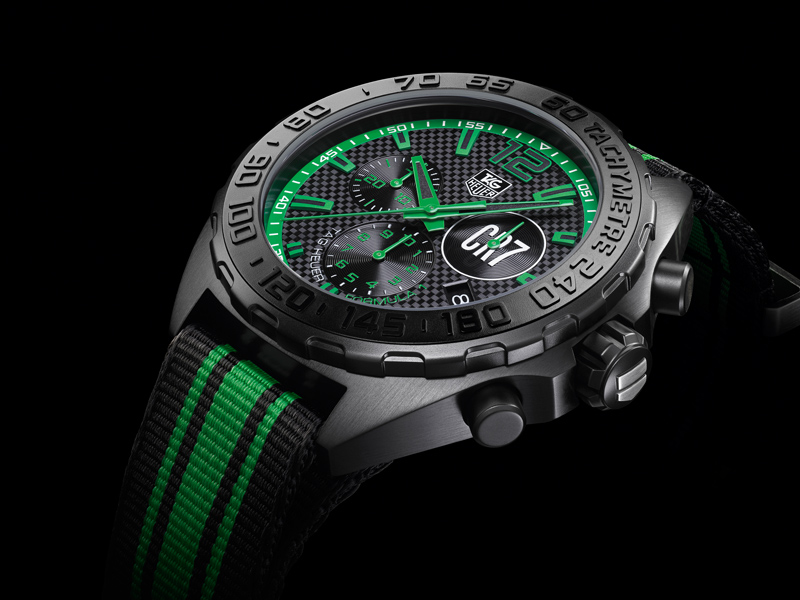Dreams do come true sometimes and when envisioning the perfect sports chronograph watch replica , we found ourselves listing out the qualities it would have to possess. Rather than to keep it all to ourselves, we knew it would entertain those who share our passion for fine watches. We present the seven sports chronograph qualities in our checklist.Variations abound, but some options are definitely preferred over others here.
The Movement
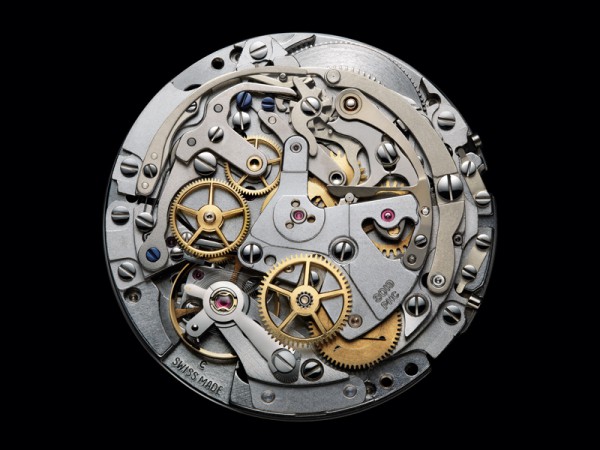
The movement may lie hidden within the case, but it makes its presence felt in very palpable ways, from the functions available to the dial’s layout and the pushers’ tactility.
Switching and transmission
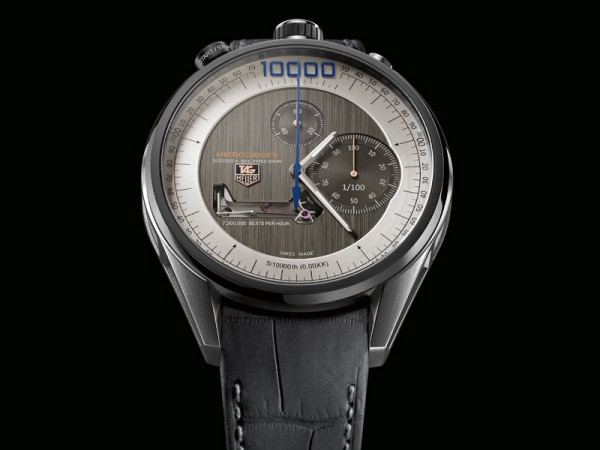
This engagement can be precisely adjusted, since it’s a system of levers that can be visually inspected by the watchmaker. For one, the connection puts an additional load on the mainspring all of a sudden. It’s considered a better solution but does, however, demand more skill in regulation and adjustment. The vertical clutch does not have these problems, as the chronograph mechanism is constantly engaged with the base movement, and started by frictional meshing of two discs pressing into each other vertically. In horizontal coupling, a wheel swings horizontally and engages with the base movement to allow the chronograph to draw energy from the gear train. It has its disadvantages though. The meshing of wheels also causes wear and tear, and leads to a chronograph seconds hand that’s prone to flutter and backlash when the chronograph is first started.The coupling system determines how the chronograph mechanism is powered by the base movement. This reduces the energy sent to the balance and hence its swing amplitude, which affects isochronism.
Cam actuation uses the eponymous component, which is fairly easy to produce and assemble, but has a drawback of uneven tactility – the initial force required to start the chronograph is noticeably higher than what’s needed to stop or reset it. Actuation refers to the “switch” that controls the chronograph.For a start, there’s the familiar stomping ground of a chronograph’s actuation and coupling to consider. A column wheel, in contrast, is more difficult to manufacture and finish than a cam, but promises a smoother pusher feel akin to what gun enthusiasts describe as “snapping a glass rod” when they talk about a trigger’s tactility.
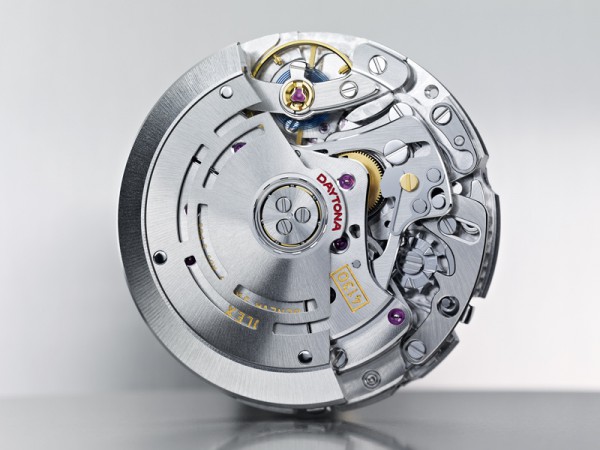
Further complications
Flyback and rattrapante/split-seconds chronographs are variants on the simple chronograph. The flyback function allows a chronograph’s reset pusher to be actuated while the chronograph is running. This makes all its hands “fly back” to zero and continue running without lag – useful for timing consecutive events such as the legs in a plane’s navigation pattern. The rattrapante chronograph has two chronograph seconds hands. Actuating a third pusher stops one of them to allow an intermediate timing to be read, and pushing it again snaps it forward to catch up with the other instantaneously.
Quick ticks
A movement’s beat frequency typically runs from 2.5Hz (18,000vph) to 5Hz (36,000vph) in modern calibres. All else being equal, a movement with a higher beat rate will be more accurate, as the balance gives more “readings” per second, which averages out any erroneous beat’s timing to a greater extent. This is why quartz movements, whose crystals vibrate at 32,768Hz, are far more accurate than mechanical ones. A chronograph’s resolution corresponds to its beat rate – a 4Hz movement can measure elapsed time down to 1/8th of a second, while a 5Hz one goes to 1/10th of a second. Taken to the extreme, this can yield mindboggling results like TAG Heuer Carrera Mikrogirder 1000 copy watch, which beats at 1,000Hz to give a resolution of 1/2000 second.
The verdict
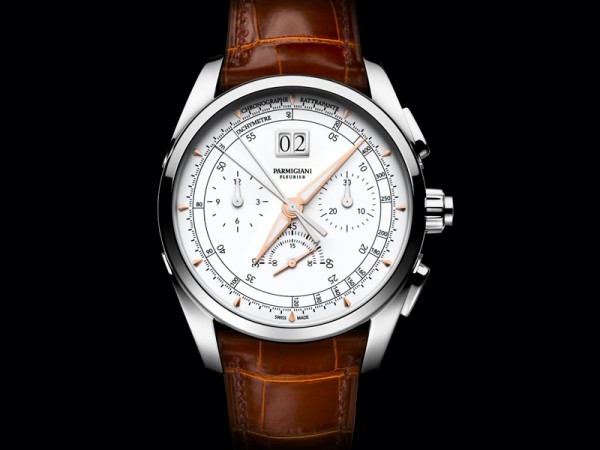
The ideal movement for the ultimate sports chronograph should have the following: a column wheel for smooth and confident actuation, vertical coupling for greater accuracy and a precise start to the chronograph second hand, high frequency that’s both more accurate and capable of measuring smaller units of time, and split-seconds functionality to time simultaneous events that will arguably see more use than a flyback function.
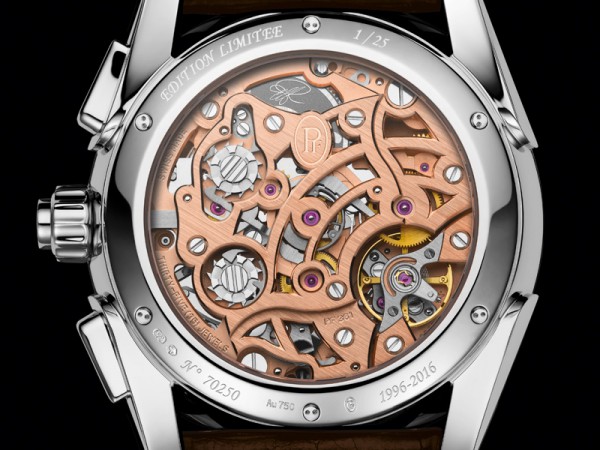
Distinctive replica Parmigiani Fleurier watch’s PF361 has all of the above, but is limited to just 50 pieces, and is constructed in gold. Relax the requirements, however, and more options present themselves. There’s Zenith’s El Primero, which remains the only high-beat chronograph movement in mass production, but it uses horizontal coupling and is a simple chronograph. Rolex’s Calibre 4130 is both column wheel-actuated and vertically coupled, but beats at 4Hz and lacks a split-second functionality. The list goes on (both Rolex and Zenith movements are detailed here).
Making A Case
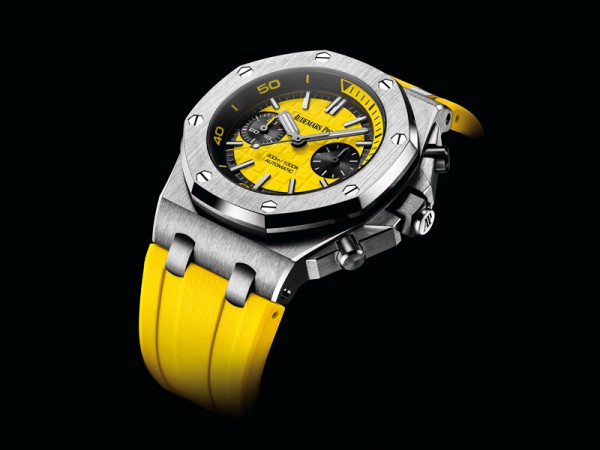
A great movement is nothing without a case to protect it – and everything else – from the ravages of the outside environment. Of course, details such as water resistance and a scratchproof sapphire crystal are non-negotiable. However, the choice of material and production technique for the case are less clear cut given the permutations of the available options.
Metals and coatings
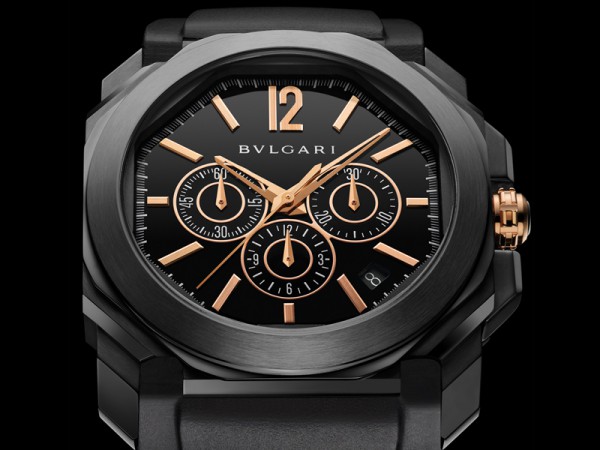
By eliminating precious metals like gold and platinum, as well as exotic ones such as tantalum, only stainless steel and titanium are left when it comes to metallic cases. Both are available in several variants. Grade 2 titanium, for instance, is close to steel in terms of its hardness, but it is far less dense, and therefore much lighter. Grade 5 titanium, on the other hand, is significantly harder than its Grade 2 sibling and just as light, but lacks the latter’s unique drab grey appearance.
Both steel and titanium cases can be toughened with a diamond-like carbon (DLC) coating applied via physical vapour deposition (PVD), which significantly increases their surfaces’ hardness. This is commonly done nowadays for both practical and aesthetic reasons, and its only drawback is perhaps the hassle and costs of repairing a chipped/damaged coating – the original layer of DLC must be completely stripped before the case is polished and a new coating is reapplied.
Exotic stuff
Instead of steel or titanium, ceramics and carbon can also be used to make a watch’s case. These materials vary in hardness and density, but generally exhibit a high level of toughness with a touch of the exotic. Ceramics are fairly straightforward – compact the powdered formulation in a mould, bake it under high pressure to sinter it into a solid, then machine this mass to create a finished case. Carbon, on the other hand, can be forged, baked, or vacuum-moulded together, often with other “ingredients” such as quartz fibres to enhance its properties. The last step is still machining though, to achieve the desired shape and contours.
New production techniques
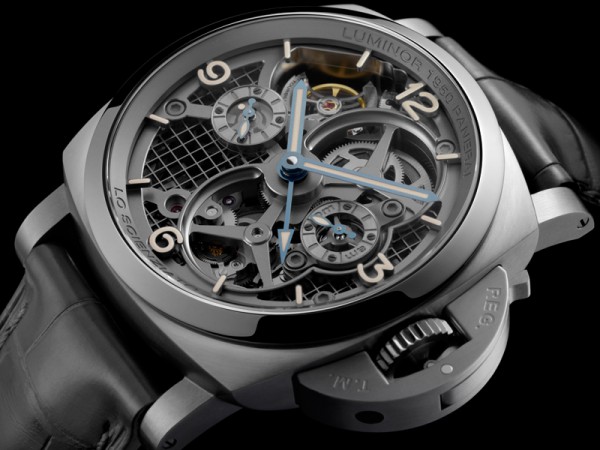
The available materials described above are fairly well understood, and new ones being introduced tend to be variations on existing themes, with marginal improvements over current offerings. New production techniques, however, sometimes create paradigm shifts. Direct Metal Laser Sintering (DMLS), for example, was introduced by Panerai earlier this year in its Lo Scienziato Luminor 1950 Tourbillon GMT Titanio PAM578. The technique is already in use elsewhere, including the aerospace and medical industries, and works just like 3D printing – a solid component is “built” from a metal powder using a laser, which sinters the powder layer by layer. Unlike subtractive production, which involves removing material by cutting/milling out unwanted parts, DMLS is additive, and capable of producing solid components with hollow interiors. As the PAM578 shows, a hollow titanium case can be made with DMLS, with no loss of structural strength or water resistance thanks to the manipulation of the internal space’s shape.
The verdict
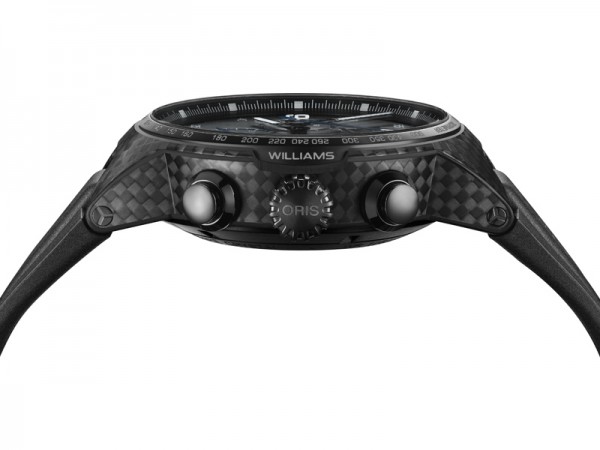
The clear winner here is the latest and greatest technology available – DMLS. Titanium, especially its Grade 5 variant, is already light and hardy enough to stand up to general abuse. With DMLS, further weight savings can be had for an extremely comfortable chronograph with no loss of strength.
Shock Proof
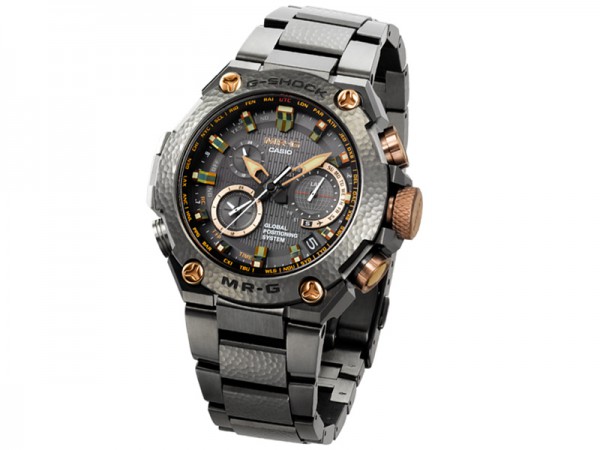
Shock protection such as Kif or Incabloc is ubiquitous in modern calibres, and serves to protect the delicate balance staff, which must be thin to reduce friction, yet support the weight of the entire balance wheel. Why stop there, though? The entire movement can be protected, and there are various ways to do this.
Suspended animation
A movement can only receive shocks through its case, so isolating the two from each other is a very viable method. Richard Mille does this in the RM 27-01 Tourbillon Rafael Nadal by suspending the movement with four braided steel cables, each just 0.35mm thick, and using a system of pulleys and tensioners to adjust their tautness. The brand claims that the watch replica has a shock resistance of 5,000G – enough to survive a tennis match on Nadal’s wrist.
Instead of minimising the contact between the movement and its case, Franck Muller took things to the other extreme with the Vanguard Backswing, its golf-themed timepiece. The watch replica has a relatively small movement just 26.2mm across, which is fitted into a case measuring 44mm by 53.7mm; a wide spacer ring containing silicone inserts takes up the rest of the inner case and cushions the movement from shocks and vibrations.
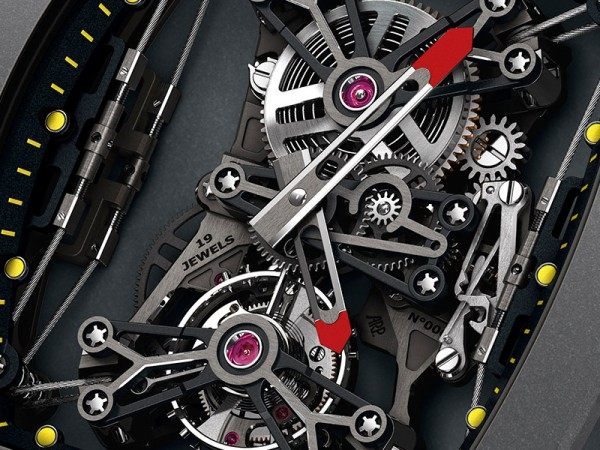
Gelled up
When Casio started developing G-Shocks with metal cases, it had to re-examine the issue of shock resistance, since the protection afforded by the original shock absorbing resin case was no longer available. The solution to circumvent this has evolved over the years, and the latest involves the judicious application of a high-tech material called Alpha Gel. This silicone-based substance is sourced from Taica Corporation, a Japanese R&D firm, and contains extraordinary shock absorption properties – a layer of Alpha Gel barely an inch thick can cushion a one-metre fall of an egg and keep it from breaking. By designing the movement and case to be in contact only at specific points, and “reinforcing” these points with Alpha Gel, the movement is effectively protected against shocks and vibrations.
The verdict
Suspending a movement with tensioned cables or floating it within a wide spacer ring are both effective solutions to creating a shock resistant watch. The main drawback, however, is the volume of space needed within the case to implement them. Alpha Gel thus emerges as a preferred option as it requires less internal space, which allows a larger movement to be used.
Surviving Magnetism
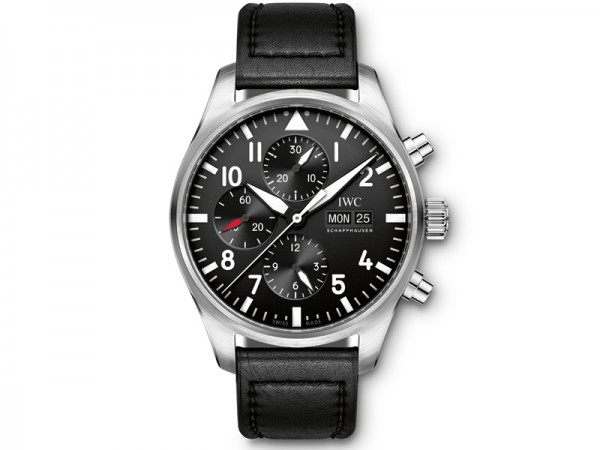
Magnetism is the bane of any mechanical watch. A magnetic field wreaks havoc on a movement’s accuracy by affecting the swing of the balance wheel, and continues to do so even after it’s gone should the movement become magnetised. From obvious sources like MRIs, to insidious ones like a handbag’s magnetic clasp, this invisible force permeates our daily life. Naturally, the perfect sports chronograph must guard against it.
There are two ways to render magnetism moot. The first is to shield the movement using a soft iron inner case, like what IWC does with some of its pilot’s watches. Such an inner case protects the movement by redirecting the magnetic field through itself, while remaining non-magnetised due to its soft iron construction. The advantage of this method is its simplicity and low cost – crafting an inner case with this common material is easy. In a sufficiently strong magnetic field, however, the soft iron inner case will be magnetically saturated, and any “residual” magnetic field will still pass through it to affect the movement. In addition, this principle requires a specific design – a sealed inner case that encases the movement – to work well. The dial and case back must thus have no cut outs lest the magnetic field affects the movement through these holes.
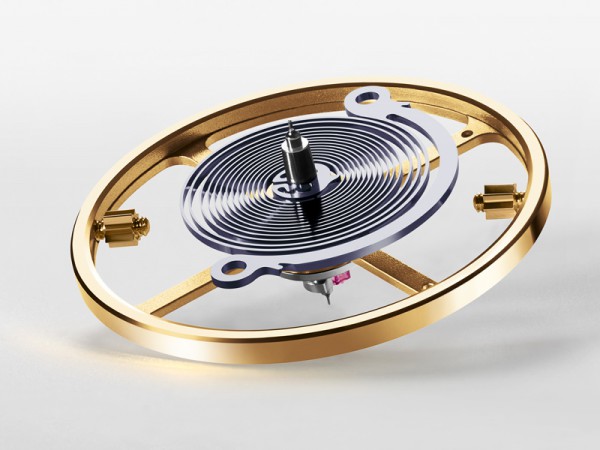
The alternative to shielding a movement is making its regulating organs amagnetic. The hairspring, pallet fork, and escape wheel can all be made in silicon, which is nonmagnetic, thanks to improved production techniques like DRIE (Deep Reactive Ion Etching). As a silicon hairspring is already cut specifically to promote concentric breathing, the balance assembly is free sprung and not regulated. This necessitates a variable inertia balance wheel with weighted screws on its rim for regulation, so the balance wheel is not rendered in silicon.
The verdict
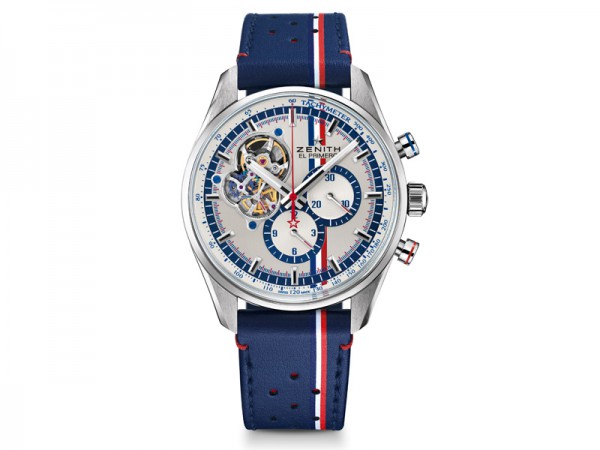
In most environments, a soft iron inner cage is more than sufficient protection for a watch replica movement; the design’s longevity attests to its effectiveness. Why stop there, though? Silicon parts aren’t just impervious to magnetism, but also require little to no lubrication while weighing less than their traditional counterparts. The no holds barred option will have to be silicon.
Visibility In Darkness
Barring electronic solutions like LED lights, there are two main methods to making a watch replica visible in the dark. The first involves Super-LumiNova or other such luminous paints, which glow in the dark after being “charged” with light, whether natural or artificial, ambient or directed. Luminous paint can be applied in any pattern and, with some tweaks in production, anywhere on a watch replica down to its case and lugs. It can also be recharged an unlimited number of times, and a sufficiently thick layer of it will glow in the dark for hours before fading off.
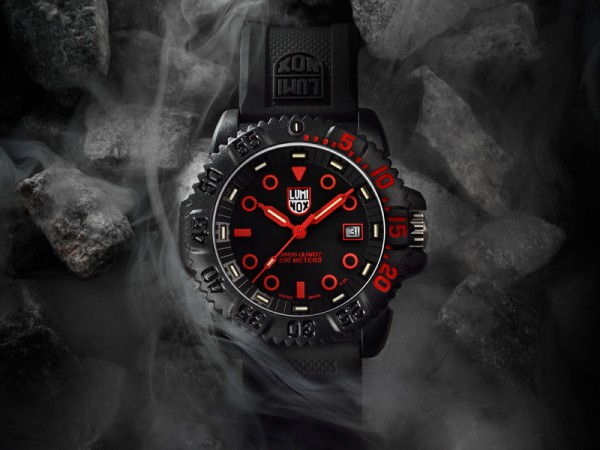
The alternative to Super-LumiNova is self-powered light sources driven by the radioactive decay of tritium gas. To achieve this, tritium is sealed within a glass tube whose inner surface has been coated with a fluorescent material – the (very low levels of) radiation from tritium excites this coating, which glows and gives off light. This glow is constant, and lasts through the night. Tritium, however, has a half-life of just over 12 years – after this period, only half of the tritium gas in each glass tube remains radioactive, which means that the brightness has also been halved accordingly.
The verdict
Why make a choice between the two? As Luminox has demonstrated with its Colormark Nova series of watches replica – the two technologies are not mutually exclusive. It makes sense to use tritium-powered light for essential indicators such as the hands and hour indexes, which can then be complemented with Super-LumiNova on other indicators, such as bezel markings.
The Bezel
The right bezel can greatly enhance a watch’s functionality; the challenge lies in narrowing down the available options. Should it rotate? If it should, in one or both directions? What type of markings should it have?
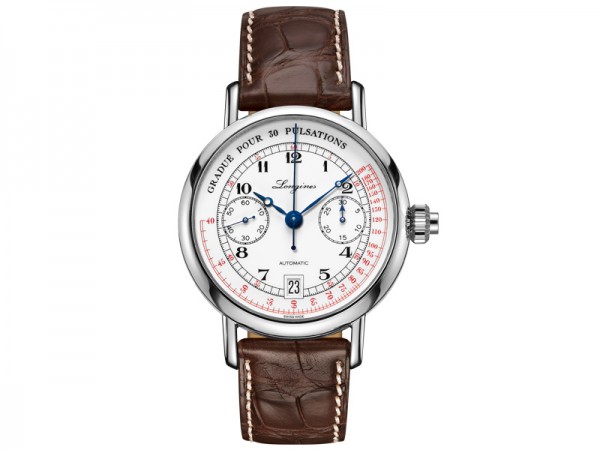
The Options
Rotating bezels tend to come in two variations. A diver’s rotating bezel only turns counter-clockwise, and comes with count up markings to allow its user to measure elapsed time by aligning the marker at 12 o’clock with the minute hand. Other timepieces, such as pilot’s watches, tend to have bi-directional rotating bezels containing either count up markings that function similarly, or count down markings that function as reminders for time sensitive events.
The alternative to these are bezels with specific markings that must be used together with the chronograph seconds hand. These are usually fixed bezels, although manufactures including TAG Heuer have made rotating ones in the past.
The most common one is the tachymeter, which allows the wearer to read off its markings for the hourly rate of an activity, by measuring the time it takes to complete one unit of it. Starting the chronograph and stopping it after a car has travelled for one kilometre, for instance, will give the car’s speed in kilometres per hour – the wearer just needs to see where the chronograph seconds hand is pointing to on the tachymeter. The unit does not matter; one can arrive at the number of cookies a person eats in an hour by measuring the time he takes to finish one cookie.
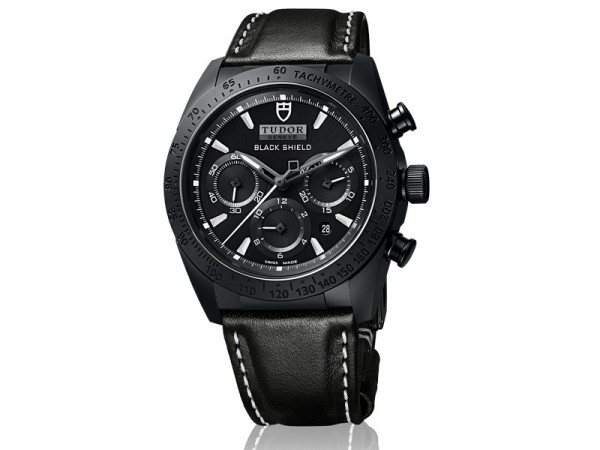
The pulsometer and telemeter function similarly to the tachymeter, but are more specialised. A pulsometer gives the heart rate of a person (in beats per minute) by using the chronograph to measure the time it takes for a certain number of heart beats, usually 10 or 30. The telemeter, on the other hand, indicates the distance to an event, such as a lightning strike. The chronograph is started when the event is seen, and stopped when it is heard. By assuming that light travels instantly, while sound’s average speed through air is around 300m per second, a calibrated scale – the telemeter – can be made, and the distance to the event read off it.
The verdict
The tachymeter is an easy pick here for being the “Goldilocks” bezel – it is neither too general to make proper use of the chronograph, like the diver’s bezel, nor too specialised, like the pulsometer. The flexibility inherent to the tachymeter is also an important advantage – any event can be timed and instantly converted to give an hourly rate.
The Strap
The attention that’s lavished onto a timepiece, down to the last screw, usually leaves little love for its strap. Yet, as the interface between watch replica and wrist, the strap performs a vital function, and can make or break the wearer’s experience. Ideally, the perfect sports chronograph will be paired with a strap that’s comfortable, robust, and also convenient to wear and adjust. Naturally, these requirements preclude a dressy leather strap, but what of the other options out there?
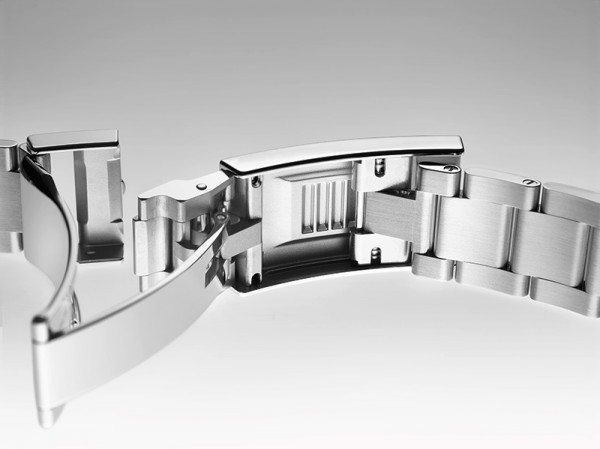
The verdict
Easily replaceable and capable of keeping a watch replica attached should a springbar breaks, the NATO strap is a clear winner. Brands like Tudor offers some of their timepieces with NATO straps, while myriad aftermarket options are also available. The icing on the cake is its cost – NATO straps, even premium ones, are relatively cheap.
Magnificent Seven
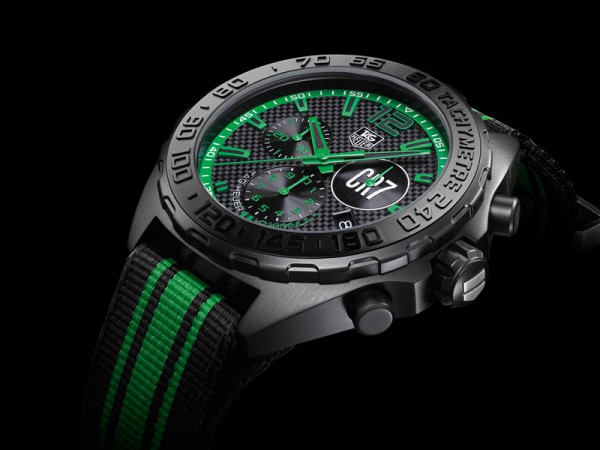
To build the ultimate chronograph, one only needs to combine all the elements discussed above…right? Well, not exactly. If it isn’t obvious enough by now, the perfect chronograph doesn’t exist, not least because every wearer’s needs are different. The exercise that was done on the preceding pages was useful for revealing the breadth of available options to a manufacture, but choosing one over another for any category will almost certainly entail trade-offs, even if they weren’t explicitly mentioned. Making a strong, lightweight, hypoallergenic titanium case using DMLS is certainly an attractive proposition, but the process is slow, and far more costly than milling a similar case from a block of the same metal. In the same vein of things, a rattrapante chronograph with two column wheels and a vertical clutch may be the bee’s knees, but the production, assembly, regulation, and servicing of such a calibre will cost its owner, to say the least. Price and value are also important factors to consider for a watch replica buyer, which explains the longevity of the workhorse Valjoux 7750 – it’s not perfect, but it works, and it’s affordable. Ultimately, options are always a good thing, and the luxury of choice never hurts.
The Options
The evergreen choice for a sporty watch, chronograph or not, is a metal bracelet. Whether rendered in steel or titanium, a well-made bracelet stands up to abuse well, and maintains a presence on the wrist with some reassuring heft. Many bracelets also feature fine adjustment clasps, which allows the bracelet to be sized even more precisely for a wrist after adding or removing links. Since it doesn’t require a tool, such a clasp also allows the bracelet’s fit to be changed out in the field, which is perfect for impromptu adjustments when wearing the watch replica over clothes like a windbreaker, for instance.
The rubber strap is another popular option, thanks to its lightweight, waterproof, and hypoallergenic (when made with synthetic materials) properties. Out of all the available choices, Rolex’s Oysterflex probably takes the cake – it has an internal skeleton of nickel titanium that makes it unbreakable, yet maintains the supple feel of a rubber strap with all the advantages described.
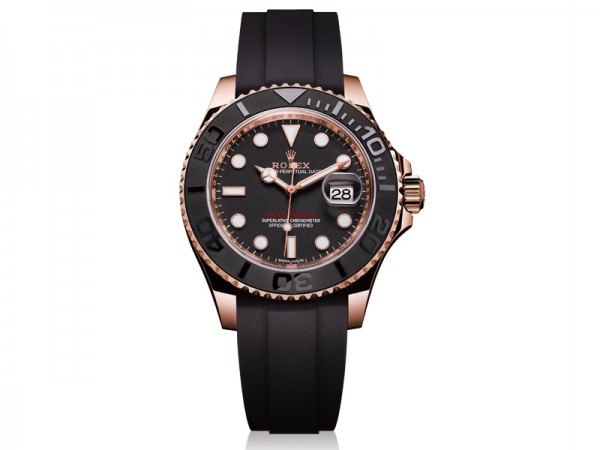
A third possible alternative is the NATO strap. Usually woven from nylon or an equivalent material, it has a section with two layers, and is fastened to the wrist via a series of rings and a regular ardillon buckle. Compared to the bracelet and rubber strap, it has two benefits – it can be swapped without any tools, and it keeps the Swiss Replica Rolex Oyster Perpetual Yacht-Master 40 watch on the wrist even if a springbar were to fail.
This article was first published in WOW.
